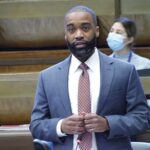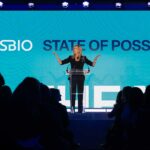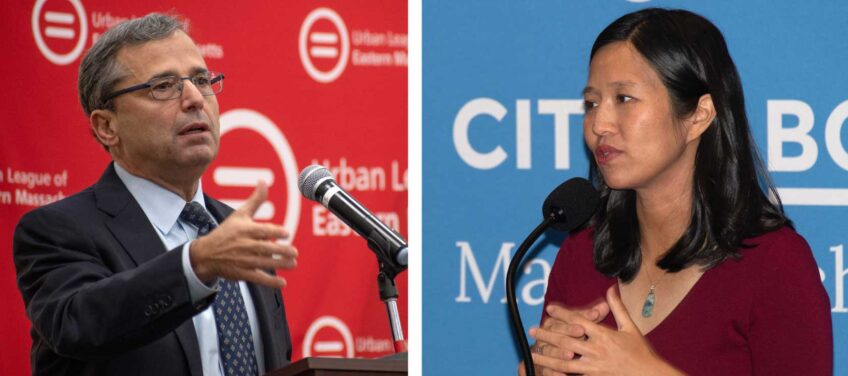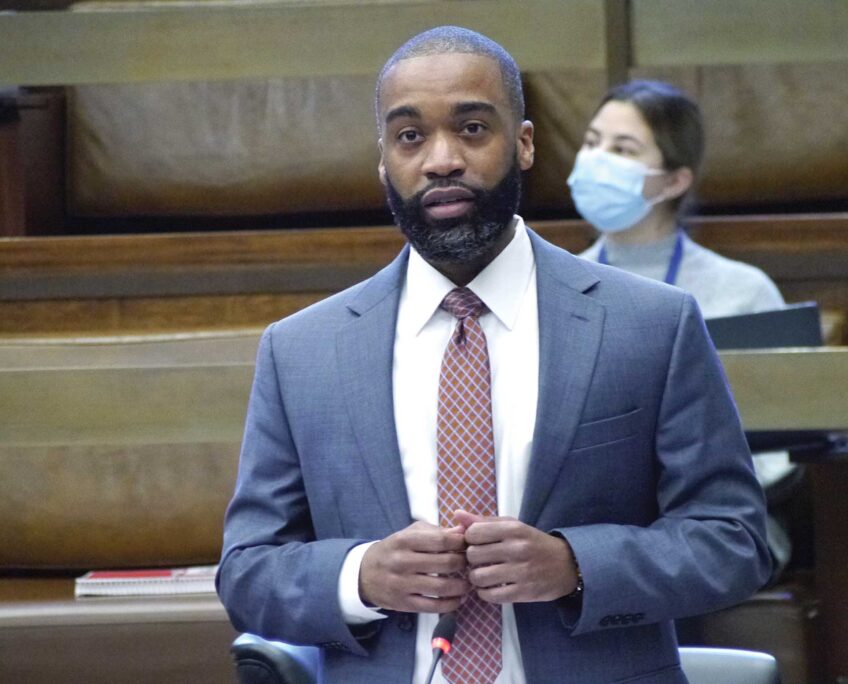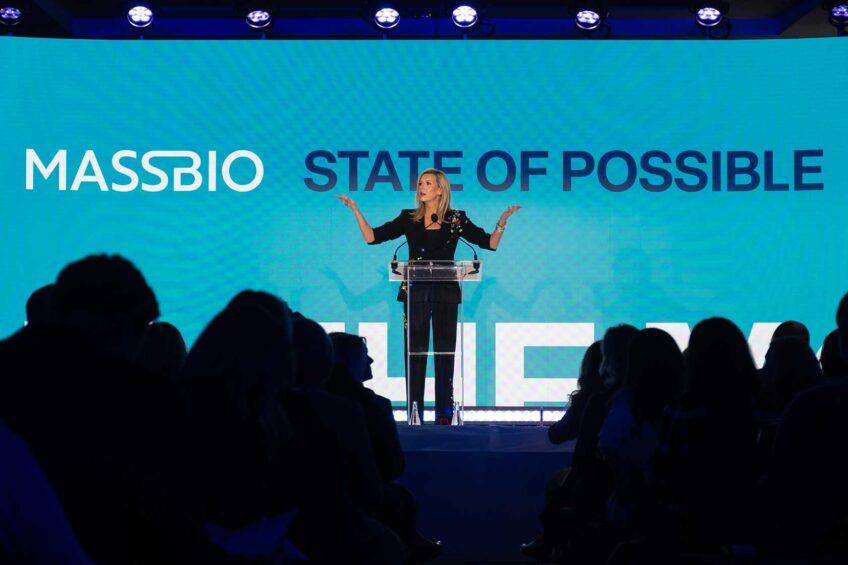In a new Boston, NAACP faces challenges to past gains
Group still fighting for voting rights, housing and education
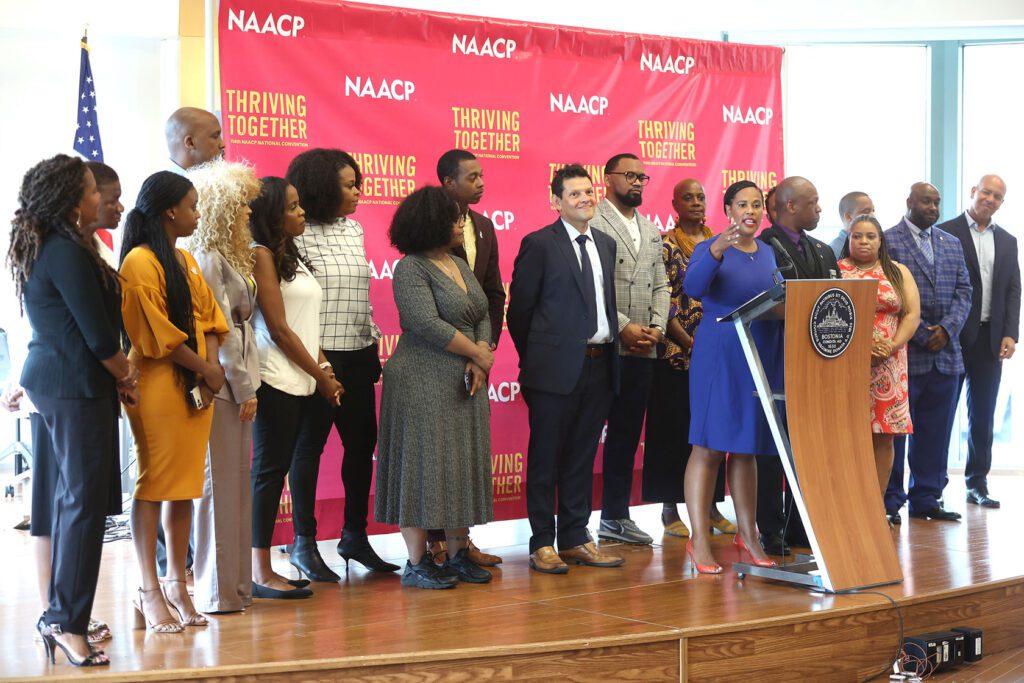
Much has changed in Boston since the NAACP last held its national convention in the city, in 1982. Back then, the city had a population that was majority white, a City Council with Bruce Bolling as its only member of color and a mayor whose last name matched his race, Kevin White.
Less than a decade after the public schools were desegregated, the city was still racially polarized and tense, so much so that certain white neighborhoods were no-go zones for Black people, even in daylight.
In the intervening 41 years, the population has become majority minority, most council members are people of color and the mayor, Michelle Wu, is of Chinese descent. The school desegregation order has been lifted and, though residential segregation still largely prevails, people of all races enjoy freedom of movement across the city’s neighborhoods.
The national political landscape has changed too, from Ronald Reagan in the White House, Republican control of the U.S. Senate and a closely divided Supreme Court, to President Joe Biden, Democratic rule in the Senate and conservative supermajority on the court.
But when the NAACP holds its annual convention from July 28 to Aug. 1, the general issues facing the nation’s oldest civil rights organization will have hardly changed.
“Voting rights, housing, jobs, education — those are the bread-and-butter issues of the NAACP,’ said Joseph Feaster, who was president of the Boston branch in 1982. “Almost the same issues … I feel like I’m back in 1982.”
Michael Curry, a member of the NAACP’s national board, said a specific education focus will be the Supreme Court’s recent decision overturning 45 years of precedents that allow colleges to consider race in admissions.
“One key issue is affirmative action. It’s the critical issue of our time,” said Curry, who is also a former president of the NAACP’s Boston branch. “We have to discuss at this conference how we’re going to respond.”
Voting rights, he confirmed, will also be a major issue at the convention, as well as investing in Black-owned businesses, particularly banks.
This gathering of NAACP delegates, the fifth in the city, will occur at the Boston Convention and Exhibition Center, which did not exist in 1982. It’s located in the newly developed, upscale and overwhelmingly white Seaport, which back then was known as the South Boston waterfront, a backwater that had little to offer visitors.
The other NAACP conventions in Boston were held in 1911 at the Park Street Church downtown, in 1950 at Union United Methodist Church in the South End, in 1967 at the Sheraton Boston Hotel in Back Bay and in 1982 at Hynes Auditorium.
The 1911 convention was the NAACP’s second. The 1950 one was the last held in a church. In 1967, Edward Brooke, the former U.S. senator from Massachusetts, received the Spingarn Medal, the NAACP’s highest honor. The 1982 meeting was shifted from San Francisco to Boston after an impassioned plea from Thomas Atkins, a leader of the Boston branch, at the 1977 convention in St. Louis, the last for Roy Wilkins as the NAACP’s executive director.
Tanisha Sullivan, the current president of the Boston branch, described the upcoming gathering as “the longest-planned convention in NAACP history.” It was originally scheduled for 2020 but an in-person meeting was scuttled because of the COVID-19 pandemic. Virtual programming was offered that year instead.
Delegates to the 2023 convention will do the heavy lifting on policy on July 31, when they will vote on nearly 50 draft resolutions. Those will set policy positions for the organization’s more than 2,000 branches across the country. “Our marching orders,” Sullivan called them.
Besides Boston, other NAACP branches in the state include Brockton, Mystic Valley, North Shore, Worcester, New Bedford and Berkshire County.
Among the 47 resolutions drafted are ones that endorse “debt-free college solutions,” call for a new federal ethics law for Supreme Court justices, reaffirm support for anti-racism education in K-12 schools and condemn “specific efforts by anti-Black racists to distort and redefine the specific term ‘Woke.’”
Still others urge governments to monitor for disproportionate disciplinary action against Black police officers, call for the federal government to restrict funding to jurisdictions that erode voting rights, and threaten lawsuits against places that ban diversity, equity and inclusion programs.
“When policies are centered on Black people, everybody benefits,” Sullivan told participants in an informational meeting in Roxbury last month. One Black scholar, Ravi Perry, former president of the Worcester branch, has called that perspective “universalizing Black interests.”
Several of the draft resolutions address conservative initiatives of officials loyal to or inspired by Donald Trump, who declined to address the convention as president. Curry said the NAACP and its civil rights agenda are being challenged by what he calls “the Trump court” dominated by his three appointees to the Supreme Court.
In 1982, Reagan was the NAACP’s conservative Republican antagonist. A major focus of that convention was activating branches to register voters to try to unseat his allies in the U.S. Senate. Lowell Weicker, then a moderate senator from Connecticut, was the only Republican elected official to address delegates.
NAACP members old enough to have attended the last convention in Boston will encounter a changed city.
In 1982, some delegates made forays — with police escorts — into neighborhoods where then it was dangerous to be Black because of the threat, even likelihood, of being subjected to racial violence.
A busload of delegates toured the Bunker Hill Monument, where young Black visitors had been attacked not long before. The Charlestown Board of Trade extended the invitation, which the Boston branch accepted. “The NAACP is not afraid to go anywhere,” Feaster, then 32, told reporters.
One delegate aboard the bus sounded astonished that no Black people lived in Charlestown then. (Actually, one family did.) Another wondered aloud why the delegates needed a police escort.
The bold visit went off without incident. But it did not make the historic sites safely accessible to Black visitors in the immediate aftermath.
Other delegates toured the Paul Revere House in the North End, a neighborhood where a Black visitor then risked being assaulted for seeking out an Italian meal.
Over the past few decades, Charlestown and the North End, along with South Boston and parts of Dorchester, have ceased being racially inhospitable.
Richard Taylor, a serial entrepreneur who helped plan the 1982 convention, said another evolution should be noticeable.
“We are much more part of the economy,” Taylor said, referring to Black residents. Despite that, “we’re still wrestling with income inequality. We’re still wrestling with the wealth gap and getting Black and brown people into the life sciences, which is the city’s major industry.”
As signs of economic progress, Taylor pointed to his and other Black investors’ role in the Omni Boston Hotel near the convention center and the new Grace by Nia restaurant nearby as a classy, convenient spot where locals could take out-of-town delegates to dinner.
“We didn’t have a place to take anybody then, but now we do,” he said, perhaps overlooking Satch’s restaurant in the Back Bay, now closed.
More broadly, Sullivan sees the convention as an opportunity to “reintroduce Boston to the Black community across the country.”
Kenneth J. Cooper covered NAACP conventions in Boston in 1982 and in Denver 1981 for the Boston Globe and in 1977 in St. Louis for the St. Louis American.


